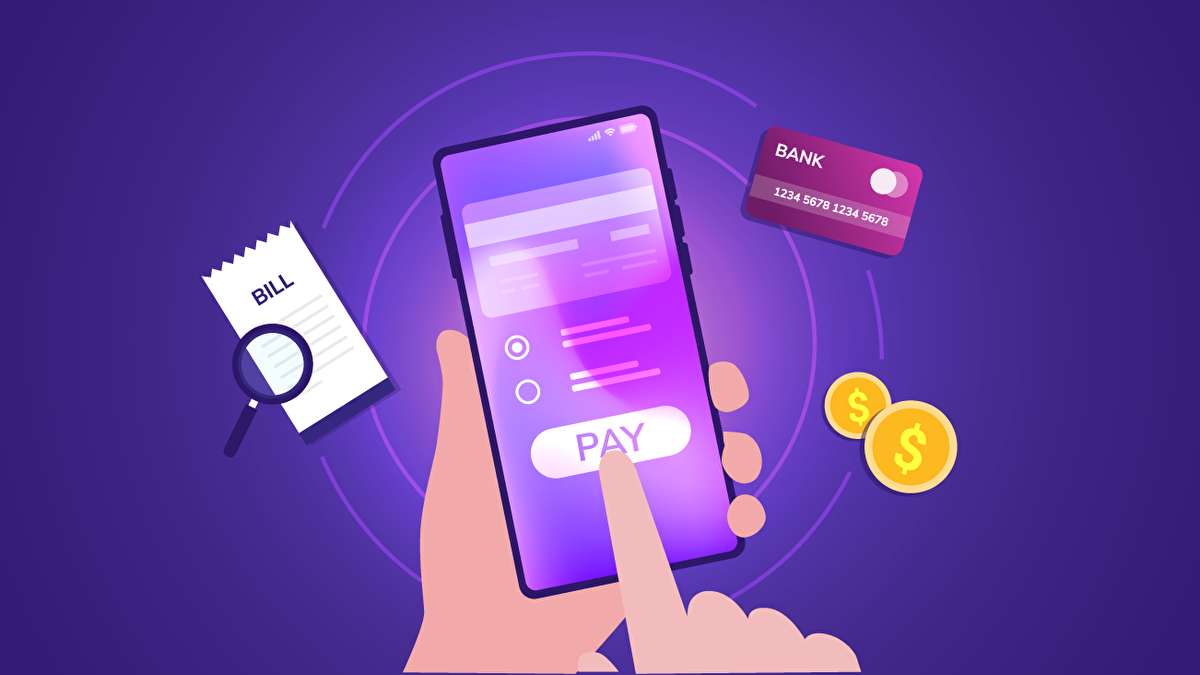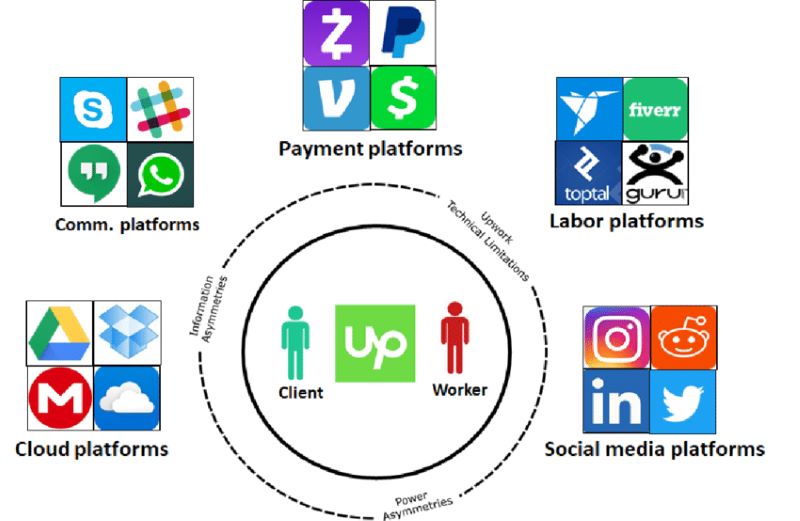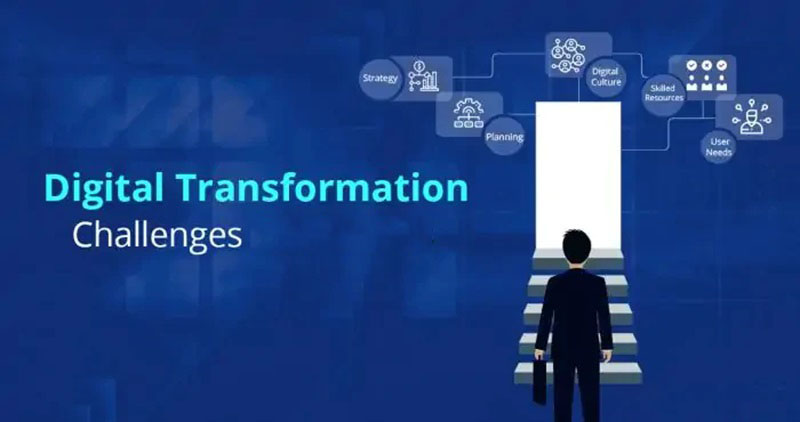Navigating the maze of digital payments? I’ve got your back. Let’s dive into how to choose a digital payment platform without getting lost. You want one that fits like a glove with your current ecommerce system, right? I’ll help you figure that out. Plus, we’ll weigh up features against your specific business needs without any fluff. This isn’t just a checklist. It’s your map to smart, secure, customer-friendly payment solutions. Stick with me, and you’ll cut through the noise like a hot knife through butter. Let’s get to work!
Assessing Your Payment System Needs
Determining Integration Capabilities with Existing Ecommerce Infrastructure
Selecting the right payment processing solution is crucial for your online store. Your choice should fit like a glove. It means checking if your ecommerce setup clicks with the payment options you eye. It’s all about smooth teamwork. You want a hassle-free addition, not a tech headache.
Start with what you’ve got. Jot down every piece of your current setup. It’s about your website, cart, and other sales tools. Eye each candidate for how well they mesh with these.
Ask yourself: “Can the gateway snap right into my ecosystem?” If it can’t, it’ll throw a wrench in your workflow. That means lost time and more cost. Let’s avoid that.
Focus on gateways that promise a simple, no-sweat link with your online shop. They should offer plugins or easy steps to bridge with your site. Fast and nimble is the game.
Evaluating Required Features for Business Model Specificity
Each digital payment platform flaunts its own set of tricks. It’s like a tool belt. But not all tools help you nail the job. You must hunt for features that spell out success for your unique business model.
Pore over every feature. Measure them against what you sell, how you sell, and where you sell. This will show which tools you’ll truly use.
Do you swim in international waters? You’ll need multiple currency support and international payment acceptance. Selling subscriptions? Look for recurring billing options. Dealing with loads of orders? A swift and strong system is your friend.
Do you have a mobile crowd? Then mobile payment compatibility cannot be forgotten. Wish for fewer fraud headaches? Strong fraud prevention is a must-have.
Craft a checklist. Include digital wallets, contact point of sale needs, and credit card processing. Mull over features like encryption, PCI DSS hammer-out, and chargeback handling. Ponder speed, reliability, and if they’ll scale as you grow. Be stern with what you need. It’ll guide you to the right choice.
Beware of the siren call of flashy, extra perks. Stick to what gives your business muscle. This way, you dodge overpaying for what you won’t use. Your goal? A powerful, snug-fit system driving your sales forward without a hitch.
Analyzing Costs versus Benefits
Understanding Fees and Transaction Costs
When selecting payment processing solutions, know the fees. Ask, “What’s the cost per transaction?” Answer: A fixed amount plus a percentage of the sale. Now, let’s dig in. Different platforms have different fee structures. Some might charge you a flat fee per month, while others take a cut from each transaction. This might include a percentage plus a fixed fee. For instance, it could be 2.9% + 30¢ per transaction.
Fees vary based on sale type, too. In-person sales might cost less than online ones. Also, beware of hidden costs. These could be for things like refunds or chargebacks. Always read the fine print. Ask the provider about all possible fees before making a choice.
Comparing Long-term Savings with Upfront Investment
Next, weigh long-term savings against upfront costs. This means asking, “Will a cheaper start cost me more later?” Or, “Does spending more now save money over time?” A low-cost setup might have high fees that add up. A pricier option could offer lower transaction fees and more features that reduce costs in the long run.
Consider what your business needs. If you plan to grow or go global, pick a platform that scales. A good system will handle increased volume and international payments without skipping a beat. Think about customer experience, too. A system that’s easy to use might help you make more sales. More sales can mean the platform pays for itself, and then some.
Watch for platforms that tie you down with contracts or equipment that only works with their system. A flexible system with multiple digital payment methods keeps options open. Also, check if the system can handle mobile payments and point-of-sale needs.
It’s smart to look at platforms that let you integrate with ecommerce and offer secure online transactions. This means the system works well with your online store. It should protect customer data, too. Encryption and payment security are must-haves. Fraud prevention measures protect your money.
Choosing a system is not just about handling money. It’s about finding a tool that grows with your business. This means looking at the long haul. You want to trust your choice will support you as you expand. Features, customer support, and reliability are all key parts of this. Ask providers how they handle issues like system downtimes or support during peak sales.
Take time to review payment analytics tools. These give insights into your sales and help spot trends. They are also useful for keeping tabs on your costs. Good software can also manage financial data, saving time on bookkeeping tasks.
Remember, the right choice balances costs, features, and growth potential. Each business is unique, so there’s no one-size-fits-all answer. Yet, with careful analysis, you can find a payment platform tailored to your needs and goals. That’s the smart way to invest in your business’s future, starting today.
Prioritizing Security and Compliance
Encryption and Payment Security Standards
When picking a payment system, think safety first. Look for tough encryption. This is like a secret code that keeps card info safe. Your system must guard data like a top-secret mission. Encryption turns sensitive details into hard-to-crack codes. Always ask, “How do you protect card data?”
Simple answer: The platform should use strong encryption. Strong encryption means scrambling data so only the right person can read it. Tools like SSL (Secure Socket Layer) certificates are a must. They help protect data as it moves from place to place.
Stick with platforms that meet the payment card industry’s strict rules, also known as PCI DSS compliance. PCI DSS stands for Payment Card Industry Data Security Standard. These rules make sure your system is safe for cards. They also check to see if the system can fight off hackers and keep card details safe.
You must keep up with these rules to avoid fines. Fines for not following PCI rules can be huge. Like a zero in a bank account, they can hurt a lot. Ensure the companies you’re checking out follow these rules closely. Ask them straight up, “Are you following all the PCI DSS rules?”
The right answer should be a clear “yes” with proof.
Navigating Payment Compliance and Regulations
Now, let’s talk rules. Laws and rules are there for a good reason. They keep your info safe and the game fair for everyone. Making sure you follow each law and rule is key when you choose a payment system. This includes knowing rules that change based on where your customers are.
When dealing with customers from all over the world, find out if your system works well with international payments. This means your system should handle money from other countries well. It should also follow all the different rules from around the globe. Ask your payment system, “Can you handle money from other places without trouble?”
They need to say “yes” and tell you how they do it. Remember, rules for payments can change a lot between countries. Some areas like Europe have GDPR for protecting personal info. The system you pick should know all about these rules.
For businesses in the USA, watch out for state laws too. States like California have their own set of rules about privacy. It’s like how traffic rules can change when you drive from one place to another. Make sure you’re not breaking any rules when you take payments. Always ask your payment system, “Do you follow all the laws and rules?”
Look for an answer that is clear and confident. By doing this, you avoid big headaches later.
In short, your checklist for choosing a digital payment platform should have “security and compliance” in bold letters right at the top. Skip any system that can’t promise and prove top-notch security and a good handle on following every single rule. Your business, your customers, and your peace of mind are worth it.
Ensuring User Experience and Support
Mobile Payment Compatibility and User Interface Design
Choosing a digital payment platform is more than just picking tech. It’s about how easy it is for people to use. Make sure the platform works well on mobile. Most people shop and pay with their phones. Look for clear, simple designs. They make paying easy. A well-designed platform keeps customers happy. It can handle loads of people paying at once. Find platforms that work with many mobile devices. This makes sure all your customers can pay without fuss.
Access to Customer Support and Resolution of Payment Disputes
Good customer support is key when picking a payment platform. When a customer has a problem, they need help fast. Choose a platform with a strong support team. They should be ready to solve any issue. Fast help can turn a bad situation around. It shows your customers you care. If a payment goes wrong, the platform should fix it quickly. This trust keeps customers coming back. Remember, a happy customer talks and brings more business. A strong support system is a must-have for any business.
In this post, we’ve covered key points to ensure your payment system is top-notch. We looked at how well it should blend with your current online setup and the unique features your business needs. Then, we weighed the costs against the benefits, stressing that smart spending now can lead to savings later.
Next, we tackled the crucial part – keeping payments safe and following the rules. We can’t overlook protecting customer data and sticking to payment laws. Lastly, we considered your customers’ payment experience and the importance of having good support ready to help with any issues.
I hope you find these insights valuable. A well-chosen payment system doesn’t just handle transactions; it can boost your business’s success. It’s a mix of smart tech, cost-aware choices, adhering to safety norms, and keeping customers happy. Remember, invest in a payment system that grows with your business and keeps your customers coming back!
Q&A :
What factors should I consider when selecting a digital payment platform?
When choosing a digital payment platform, consider the following factors: security measures, user interface simplicity, supported currencies and countries, transaction fees, payment processing times, integration with your current systems, customer service quality, and any value-added services. Researching and comparing these aspects across different platforms can lead you to the best choice for your individual or business needs.
How important are security features in a digital payment platform?
Security is paramount when it comes to a digital payment platform. Look for features such as encryption, fraud detection, and compliance with industry standards like PCI DSS. A secure platform protects not only your financial data but also maintains the trust of your clients. Make sure the platform is updated regularly to defend against new threats.
Can transaction fees on digital payment platforms significantly affect my business?
Yes, transaction fees can have a notable impact on your business, particularly if you operate with small margins or process a large volume of transactions. Different platforms have varying fee structures, including percentages of transactions, flat fees, or monthly subscription models. Understanding these fees and how they align with your business model is crucial in choosing the most cost-effective platform.
What role does customer support play in a digital payment platform?
Strong customer support can be critical, especially when you encounter issues with transactions or technical problems. A digital payment platform with accessible, knowledgeable, and responsive customer support ensures that any issues can be addressed swiftly, minimizing downtime and maintaining business continuity. Consider platforms that offer support through multiple channels, such as email, phone, and live chat.
Should I look for a digital payment platform that integrates with my existing software?
Integration capability can be a major convenience, saving you time and reducing errors. A digital payment platform that integrates seamlessly with your existing software, such as your accounting system, CRM, or eCommerce platform, streamlines workflows and helps maintain consistent records. Check for integration support in the platform’s features list or enquire directly with the provider.






